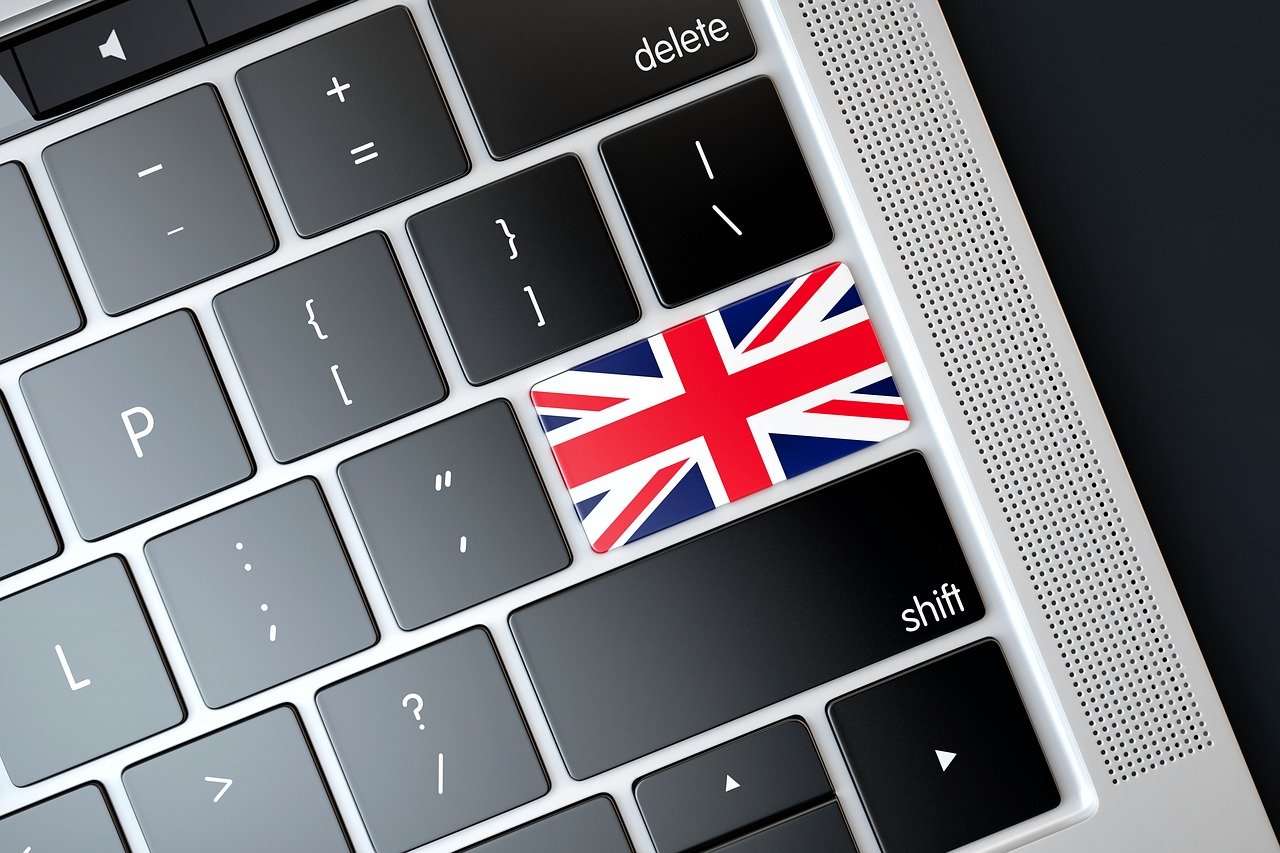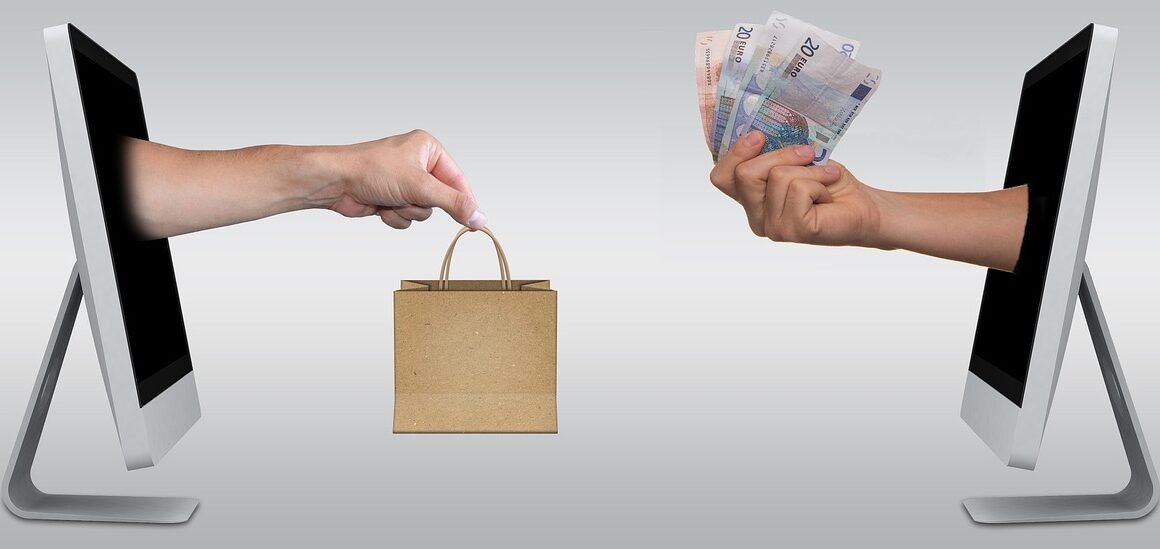Crafting a successful sales strategy requires more than just a great product or service. It demands a deep understanding of how potential customers move from initial awareness to becoming loyal buyers. This journey, often visualized as a funnel, helps businesses optimize their efforts at each stage, maximizing conversion rates and driving revenue growth. This post will dissect the sales funnel, exploring its various stages, benefits, and strategies to build an effective funnel for your business.
Understanding the Sales Funnel: A Customer’s Journey
The sales funnel, also known as a purchase funnel, represents the different stages a potential customer goes through, from initial awareness to the final purchase. Think of it as a map that guides prospects toward becoming paying customers. Understanding each stage allows businesses to tailor their marketing and sales efforts for maximum impact.
The Core Stages of the Sales Funnel
The traditional sales funnel consists of these key stages:
- Awareness (Top of Funnel – TOFU): This is the initial stage where potential customers become aware of your brand, product, or service.
Goal: To attract a large audience and generate initial interest.
Examples: Blog posts, social media ads, informative videos, search engine optimization (SEO).
Metrics: Website traffic, social media reach, impressions, brand mentions.
- Interest (Middle of Funnel – MOFU): Once aware, prospects start showing interest. They are actively researching and comparing solutions.
Goal: To capture leads and nurture their interest with valuable information.
Examples: Ebooks, webinars, email newsletters, case studies, comparison guides.
Metrics: Lead generation, email open rates, webinar registrations, content downloads.
- Decision (Middle of Funnel – MOFU): The potential customer is now seriously considering your product or service. They are comparing your offering with competitors.
Goal: To demonstrate value and convince prospects that your solution is the best fit.
Examples: Product demos, free trials, customer testimonials, pricing comparisons, consultations.
Metrics: Demo requests, free trial sign-ups, consultation bookings, engagement with sales materials.
- Action (Bottom of Funnel – BOFU): This is the final stage where the prospect decides to make a purchase.
Goal: To convert qualified leads into paying customers.
Examples: Personalized offers, purchase options, secure checkout process, clear payment terms.
Metrics: Conversion rates, sales revenue, customer acquisition cost (CAC).
Why is Visualizing a Funnel Important?
Visualizing the customer journey as a funnel provides several benefits:
- Identifies bottlenecks: Pinpoints where potential customers are dropping off and allows for targeted improvements.
- Optimizes marketing efforts: Helps allocate resources effectively to strategies that drive the most conversions.
- Improves customer understanding: Provides insights into customer behavior and preferences at each stage.
- Increases sales: By streamlining the customer journey and addressing their needs, conversion rates improve.
- Forecasts sales: By tracking conversion rates at each stage, businesses can make more accurate sales forecasts.
Building an Effective Sales Funnel
Creating a successful sales funnel requires careful planning and execution. Here’s a breakdown of essential steps:
Defining Your Target Audience
Understanding your target audience is crucial for tailoring your messaging and strategies.
- Create buyer personas: Develop detailed profiles of your ideal customers, including their demographics, needs, pain points, and buying behavior.
Example: A buyer persona for a marketing automation software company might be “Sarah,” a marketing manager at a small business who needs to streamline her email marketing campaigns.
- Research your audience: Conduct surveys, interviews, and analyze customer data to gain deeper insights into their preferences and challenges.
- Segment your audience: Divide your target audience into smaller groups based on shared characteristics to deliver more personalized experiences.
Creating Compelling Content for Each Stage
Content plays a vital role in guiding prospects through the funnel.
- Awareness Stage: Focus on creating informative and engaging content that addresses common problems or questions related to your industry.
Example: A blog post titled “5 Common Mistakes Businesses Make with Social Media Marketing.”
- Interest Stage: Offer valuable resources that help prospects learn more about your product or service and how it can benefit them.
Example: An ebook titled “The Ultimate Guide to Email Marketing Automation.”
- Decision Stage: Provide compelling evidence that your solution is the best choice for their needs.
Example: A case study showcasing how your product helped a similar company achieve significant results.
- Action Stage: Offer personalized incentives and make it easy for prospects to make a purchase.
* Example: A limited-time discount or a free consultation.
Implementing Effective Lead Generation Strategies
Generating leads is essential for filling your sales funnel.
- Content Marketing: Create valuable content that attracts potential customers and encourages them to provide their contact information.
- SEO: Optimize your website and content for search engines to attract organic traffic.
- Social Media Marketing: Engage with potential customers on social media and run targeted ad campaigns.
- Paid Advertising: Use paid advertising platforms like Google Ads or social media ads to reach a wider audience.
- Lead Magnets: Offer valuable resources in exchange for contact information (e.g., ebooks, templates, checklists).
Optimizing Your Sales Funnel for Maximum Conversions
Once your sales funnel is in place, it’s crucial to continuously monitor and optimize it for improved performance.
Tracking Key Metrics and Analyzing Data
Monitoring key metrics helps you identify areas for improvement.
- Conversion Rates: Track the percentage of prospects who move from one stage of the funnel to the next.
- Lead Generation Cost: Calculate the cost of acquiring each lead.
- Customer Acquisition Cost (CAC): Determine the total cost of acquiring a new customer.
- Customer Lifetime Value (CLTV): Estimate the total revenue a customer will generate over their relationship with your business.
- Bounce Rate: Analyze the percentage of visitors who leave your website after viewing only one page.
- Time on Page: Measure the average time visitors spend on each page of your website.
A/B Testing and Experimentation
A/B testing involves testing different versions of your marketing materials to see which performs better.
- Landing Pages: Test different headlines, images, and calls to action to optimize conversion rates.
- Email Subject Lines: Experiment with different subject lines to improve email open rates.
- Ad Copy: Test different ad copy variations to improve click-through rates.
- Pricing: Test different pricing models to find the optimal price point.
Personalization and Segmentation
Personalizing your marketing messages and offers based on customer data can significantly improve conversion rates.
- Email Marketing: Segment your email list and send targeted messages based on customer interests and behavior.
- Website Personalization: Customize the content and layout of your website based on visitor demographics and preferences.
- Product Recommendations: Offer personalized product recommendations based on past purchases and browsing history.
Addressing Common Sales Funnel Challenges
Sales funnels aren’t always perfect. Here’s how to address common issues:
- High bounce rates: Optimize website content, improve page load speed, and ensure a user-friendly experience.
- Low conversion rates: Refine your messaging, improve your sales process, and address customer concerns.
- Lack of leads: Invest in lead generation strategies and create compelling lead magnets.
- Poor customer retention: Focus on providing excellent customer service and building strong customer relationships.
Leveraging Technology to Streamline Your Sales Funnel
Various software tools can help automate and optimize your sales funnel.
CRM Systems
Customer Relationship Management (CRM) systems like Salesforce, HubSpot CRM, and Zoho CRM help you manage customer data, track interactions, and automate sales processes.
- Benefits: Centralized customer data, improved sales efficiency, better customer relationships, automated workflows.
Marketing Automation Platforms
Marketing automation platforms like Marketo, Pardot, and ActiveCampaign help you automate marketing tasks, nurture leads, and personalize customer experiences.
- Benefits: Automated email marketing, personalized content delivery, lead scoring, improved lead nurturing.
Analytics Tools
Analytics tools like Google Analytics, Mixpanel, and Kissmetrics help you track website traffic, analyze user behavior, and measure the effectiveness of your marketing campaigns.
- Benefits: Data-driven insights, improved decision-making, optimized marketing spend, enhanced customer understanding.
Conclusion
Building and optimizing a successful sales funnel is an ongoing process that requires continuous monitoring, analysis, and refinement. By understanding the different stages of the funnel, creating compelling content, implementing effective lead generation strategies, and leveraging technology, businesses can streamline their sales process, increase conversion rates, and ultimately drive revenue growth. Remember to prioritize the customer experience at every stage and adapt your strategies based on data and insights. The sales funnel is more than just a marketing tool; it’s a roadmap to building lasting customer relationships and achieving sustainable business success.



